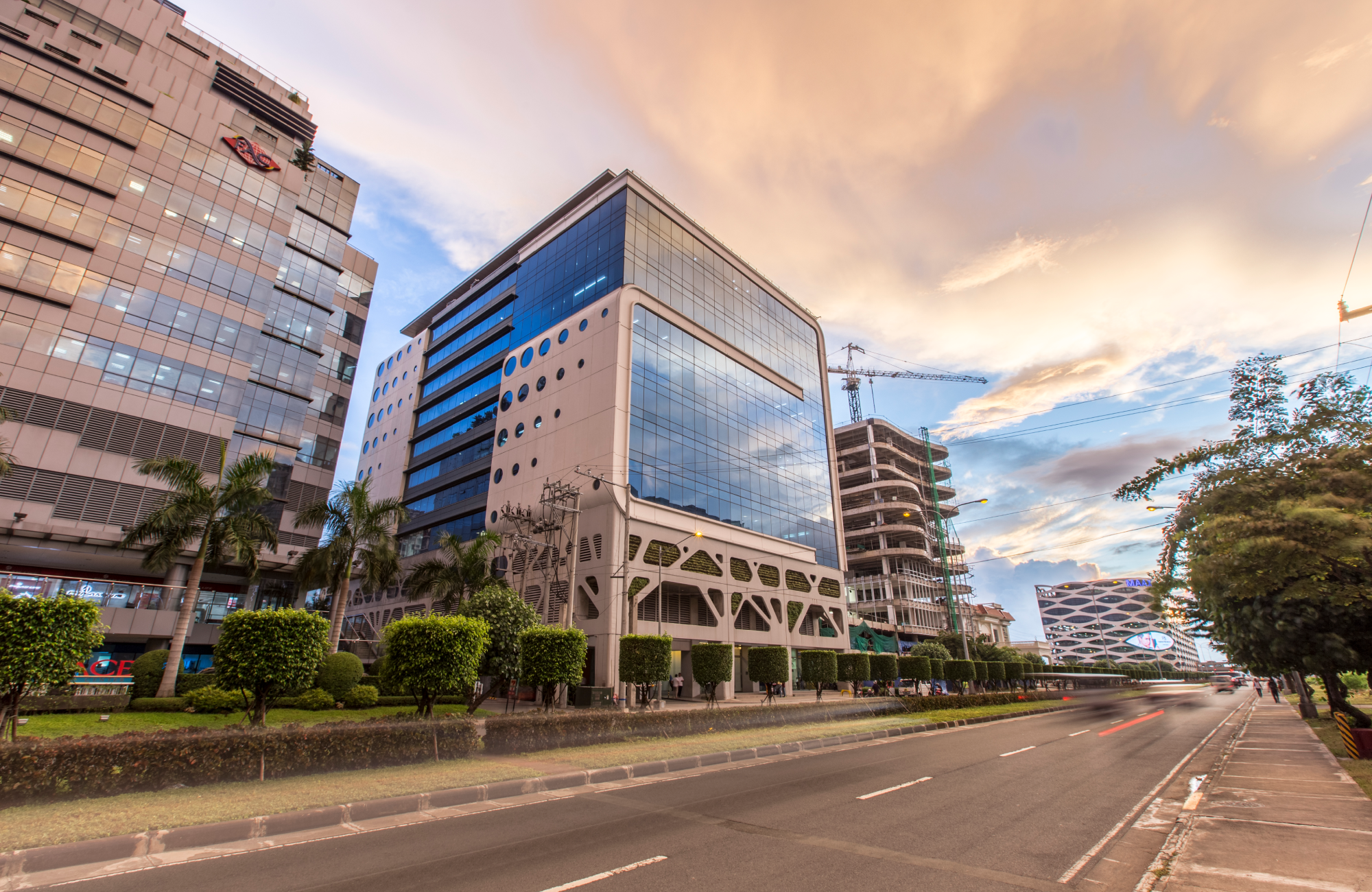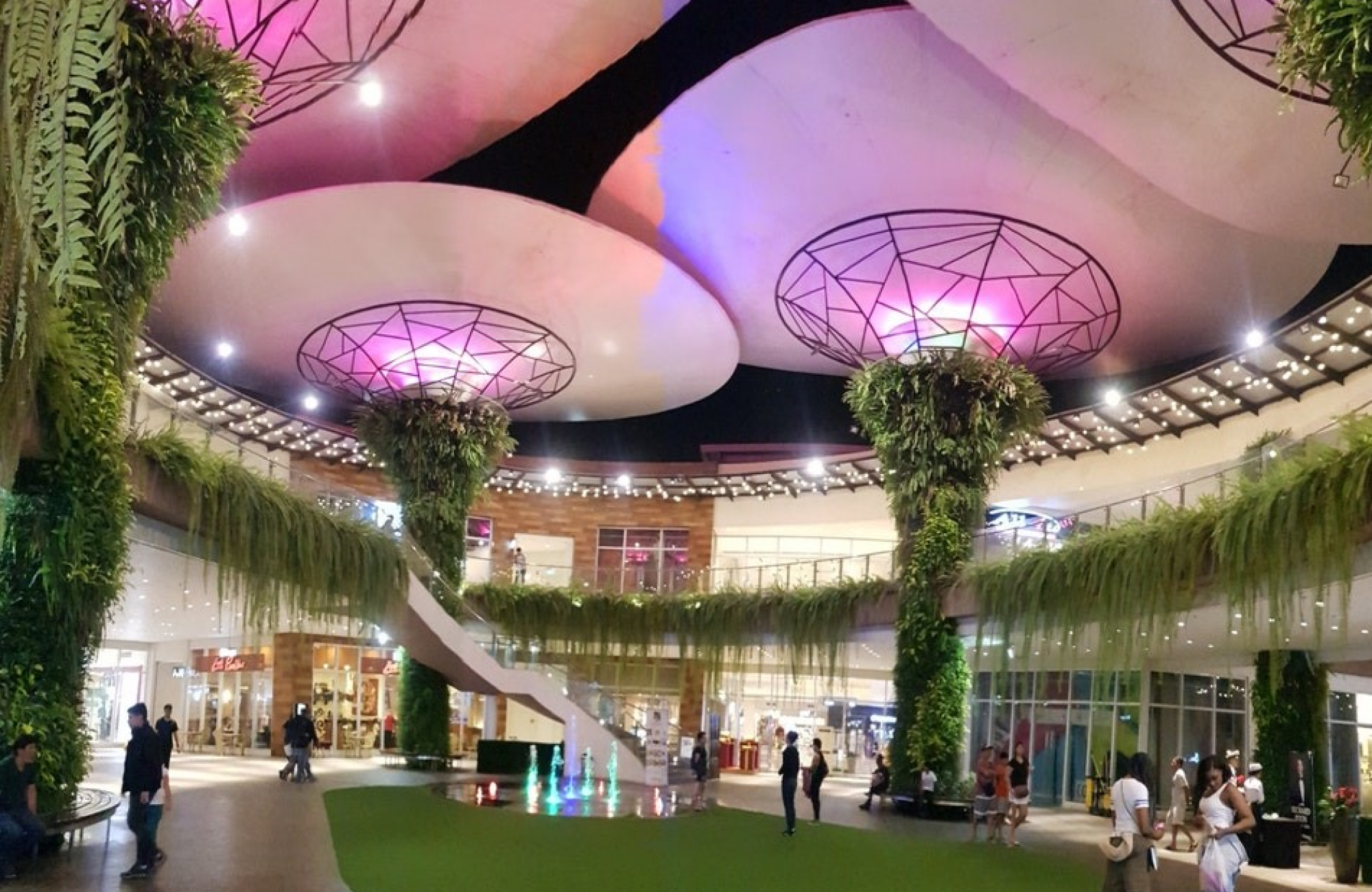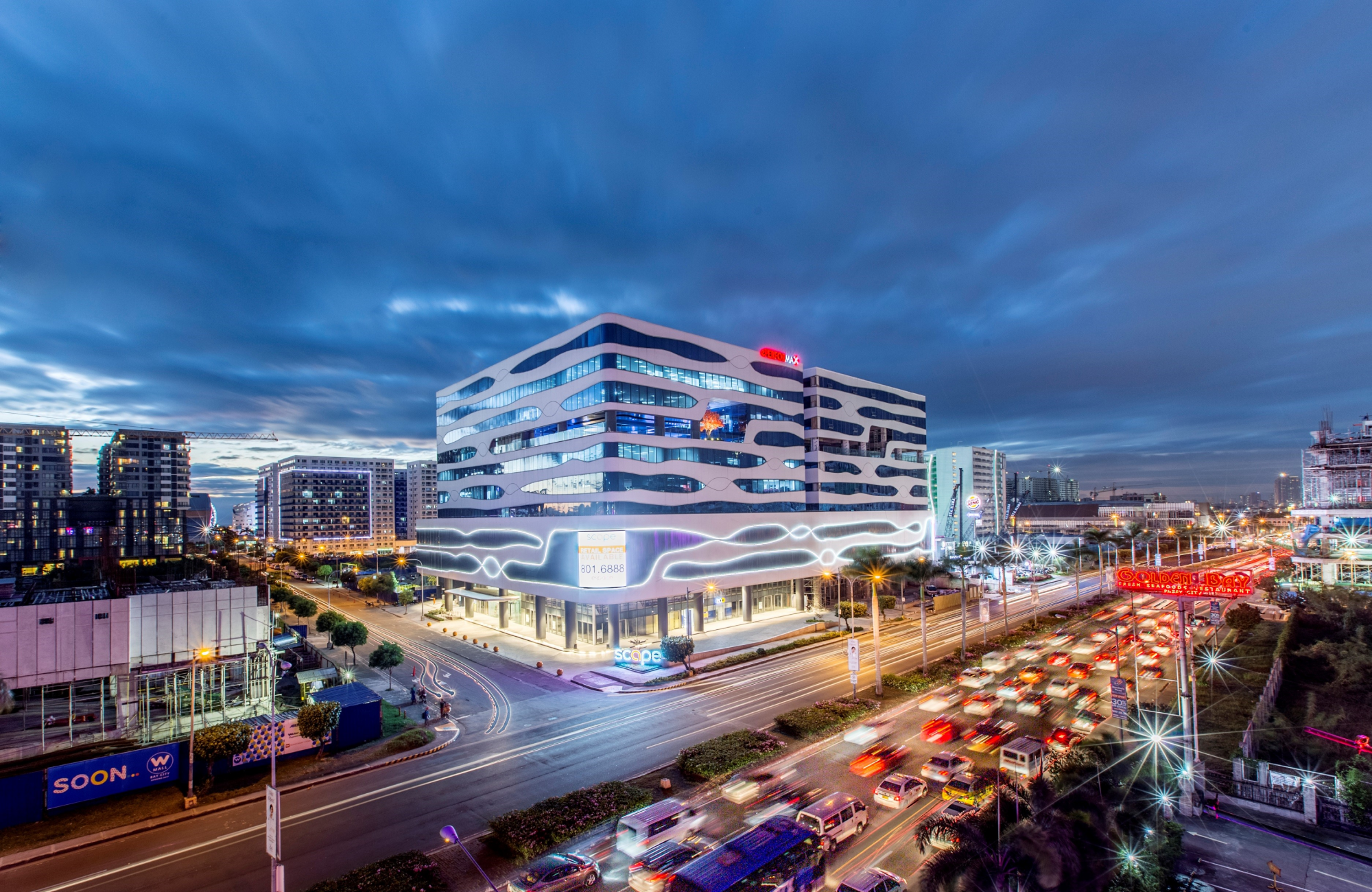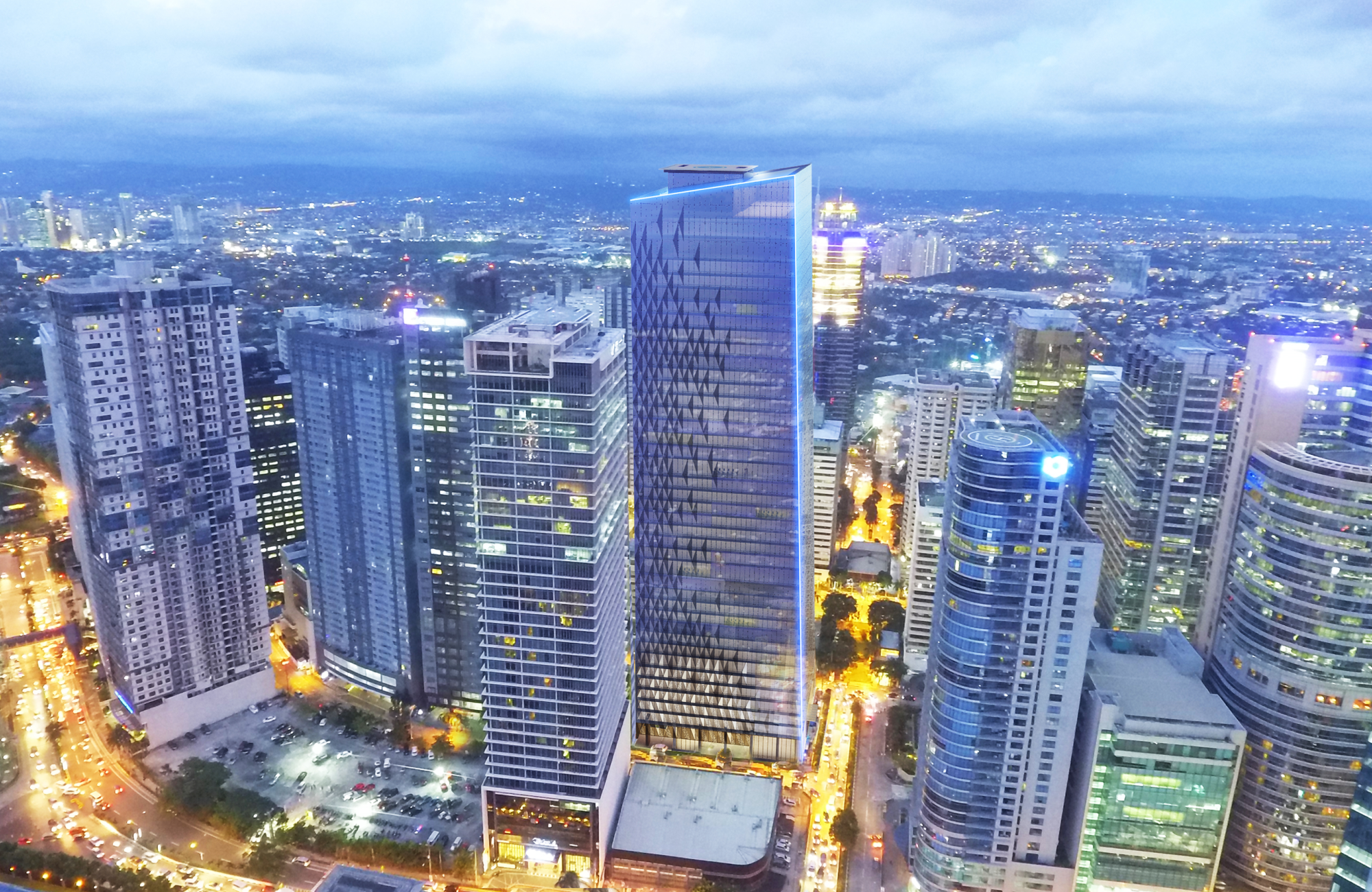For a modern-day structure, the built environment is as integral as its quality architecture. At a critical time when the field is facing a transition, more importance needs to be placed on the guarantee that every edifice is safe and secure for people to roam freely and utilize every space.The best approach on achieving a holistic experience through architecture is dissecting the elements of architecture that contribute to the built environment. Each one is linked to a specific social cue, another can be traced to natural phenomena. And overall, it is a response to the changes in the environment.Together, they factor in to link architecture to the wellbeing of a person. When a building’s design ties seamlessly to the safety and security to the people, it not only achieves a holistic atmosphere, but fulfills another purpose for architecture and integrates it for an improved experience.Designers and engineers can consider these factors that connects architecture to personal wellbeing:
Health Architecture
A building’s design can affect the internal and external conditions of the human body. Whether they hold potential health risks or not, such spaces need to implement strong health protocols and safety measures. These also cover the cleanliness of the spaces and the items inside. Through a built environment that invests on strict hygiene, air filtration, water sanitation, flexible distancing and safe ambiance, occupants can be assured of a healthy and optimal environment.

A Place serves as a template for ASYA’s projects to achieve sustainable architecture, becoming a LEED-certified building and a recipient of the ULI Healthy Places Awards.
Wellness Architecture
From a personal perspective comes the broader element of a person’s environment. While we have to adapt to built environments, the current consensus defines that built environments can be modified or updated to fit the cultural mold and climatic conditions of the period.
As such, wellness architecture focuses on placing protection over cognitive, emotional and transcendent factors through means like cultural motifs, nature-inspired tones, ambient lighting and distraction-free zones over its interior designs.


This proposed university integrates wellness architecture through its sports facilities and green outdoor spaces.
Green Architecture
Biophilic design has been a recurring trend for architecture at this age, from indoor plants to recyclable materials. But any elevation of a building’s quality through ecological means, like energy-saving appliances, recycling systems and LEED-certified settings, helps contribute to the wellbeing of the occupants.
While being code-compliant is a necessary direction to set up an ecologically-friendly design, being green-based first lets businesses acknowledge of their carbon footprint and reinforce strong, conducive environmental practices.


Placing indoor plants to shopping facilities like Vista Mall Sta. Rosa and Robinsons Galleria Cebu adds value to the sustainable architecture
Sustainable Architecture
As conservation becomes a rampant practice for designers to apply, sustainability has been in the forefront of architecture as an important factor of stability. A sustainable architecture starts from the very foundations of a structure. Every material and measure used must ensure that they stand firm and upheld for an amount of time.
Strategies that lead to net-zero measures, energy conservation and grounded materials help structures withstand weathering conditions and public safety emergencies.

Green buildings like the LEED-certified silver building SCAPE accommodate to its captive market yet elevate their design with green-based amenities, like this indoor landscaped garden deck.

Nudge Architecture
Also called choice architecture, nudge architecture surrounds the changes that are made in the built environment, implemented to bring better choices by those involved. They assign those nudges to the design of the environment, based on the demands and adjustments of the business.
Any nudge to the environment paves the way for a positive atmosphere to the space. In any way, it can promote a healthy office culture that can benefit other people.

Through its double-glazed triple low-E glass technology, GLAS demonstrates that a design being purposely green from its inception to construction, up to property management, can mark a premier value to the environment.
Regenerative Architecture
And finally, here is one factor that places the perspective of occupants to nature. Regenerative architecture is a practice of citing the local ecology and natural resources as the basis for architecture and design. Regardless of the type and conditions that the structure deals with, this factor suggests a symbiotic relationship that architecture needs to have with nature.
Measures like urban gardens, public parks and other environmental programs contribute to the users’ wellbeing.
an example of a project that demonstrates being purposely green from inception, conceptualization, construction, up to property management; mention the double glazed triple low-e
Conclusion
At a time when wellbeing of one’s self is placed on the limelight, and when architecture has been reassessed for a new normal, it is essential to tend to the needs of users. An optimized experience inside the office includes the safety and security to one’s health in all aspects. Their personal wellbeing is as important as putting energy to the innovations and sleekness of a building.
Sustainability has been the backbone of ASYA’s projects. Efficient safety and security is the result of a prioritized strategy for sustainable features and green-based design. And it takes an empathetic approach to reflect that a building’s grand design includes the soundness of the trusted people inside it. It is never a compromise to find the common ground on world-class design and rigorous security wellbeing. On quality design comes quality on its users and their environment. And as proven by their breakthroughs on their projects, ASYA has set sustainability as a priority for design-driven excellence and people-driven vision.

